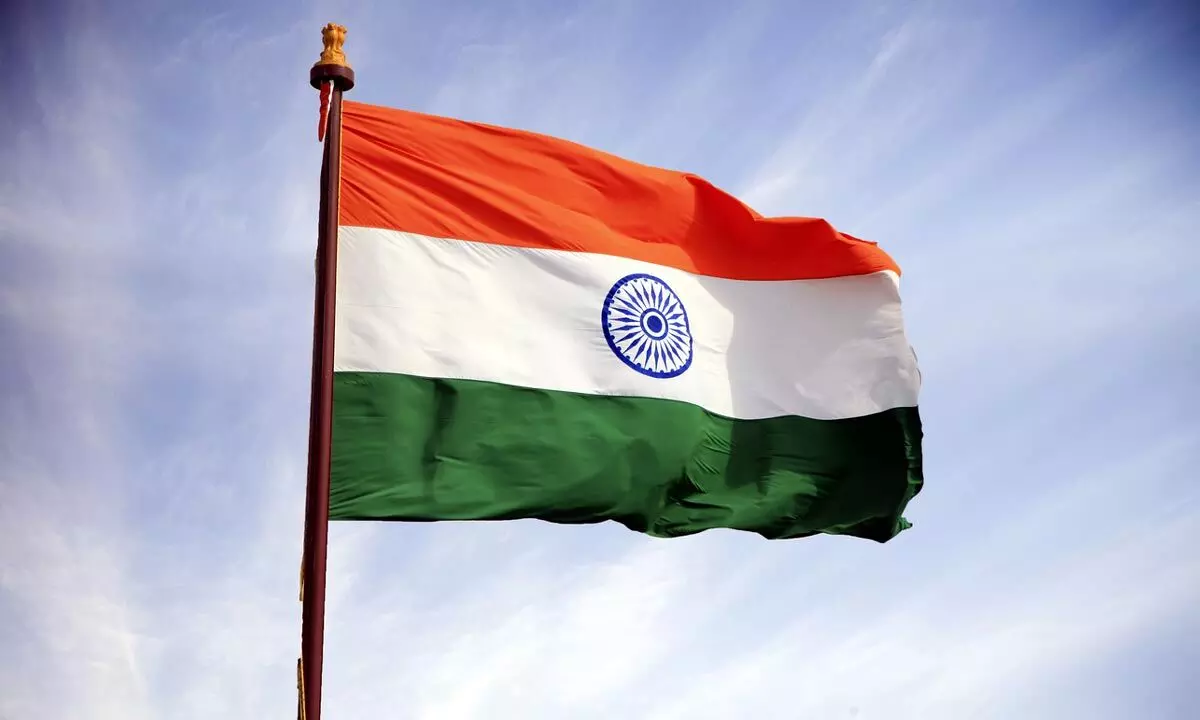Independence Day: History, Evolution and Interesting Facts About the National Flag

The national flag of India has undergone massive changes since its inception. It has navigated many vicissitudes before reaching what it is today.
The national flag of India has undergone massive changes since its inception. It has navigated many vicissitudes before reaching what it is today. If observed closely, the evolution somewhat reflects the political developments in India.
As we celebrates 'Azadi Ka Amrit Mahotsav', we bring to you some of the historical milestones in the evolution of our National Flag.
The first national flag of India, which was consisted of three horizontal stripes of green, yellow and red (from top to bottom), was flown on August 7, 1906 at Parsee Bagan Square (Green Park) in Kolkata (then Calcutta). ). The green stripe had 8 lotuses, while the red stripe had a crescent and a sun.
A year later, in 1907, Madame Cama and her band of exiled revolutionaries raised the second flag. This flag was similar to the first, but some changes were adapted. The colour of the top strip was changed to saffron, the middle one remained yellow, while the bottommost strip turned green. The lotuses in the top strip were replaced by stars, while the position of the crescent and the sun were swapped.
When India's political struggle took a turn, Dr Annie Besant and Lokmanya Tilak flew the third variation of the flag during the Home Rule movement in 1917. It had five red and four green horizontal stripes arranged alternately. In the upper left corner (the end of the pole) was the Union Jack, the flag also had seven superimposed stars in the saptarishi configuration. There was also a white crescent and a star in one corner.
An Andhra youth presented a flag to Gandhiji, in 1921, during the session of the All India Congress Committee which met in Bezwada. The flag was made up of two colours, red and green, which represented the two main communities, Hindus and Muslims, respectively. In the design, Gandhiji suggested adding a white stripe to represent the remaining communities, which reside in India. In addition, he told the youth to add a spinning wheel to symbolize the nation's progress.
In the history of the national flag, the year 1931 takes on special importance. This year, a resolution was passed to adopt a Tricolour as our national flag. The flag had three stripes saffron (top), white (middle), and green (bottom). It also had a spinning wheel in the center. Although the Tricolour was widely accepted, people objected to the presence of a spinning wheel because it had no communal significance.
Finally, on July 22, 1947, the Constituent Assembly adopted the National Flag of Free India. After Independence, the colour and meaning of the national flag remained unchanged. However, the spinning wheel was replaced by Emperor Ashoka's Dharma Chakra as the flag's emblem. This was how the Tricolour of the Congress Party became the Tricolour of Independent India.


















